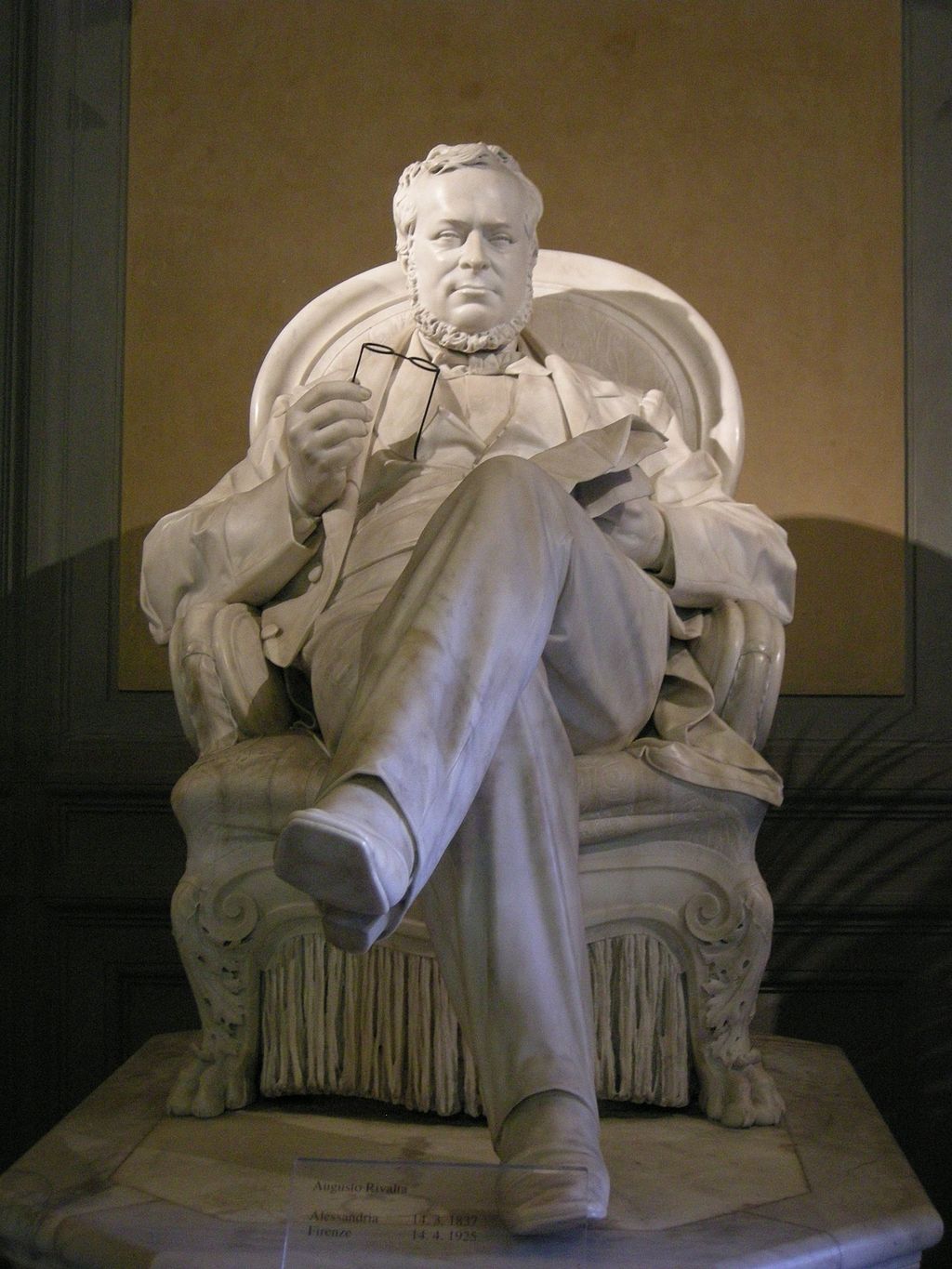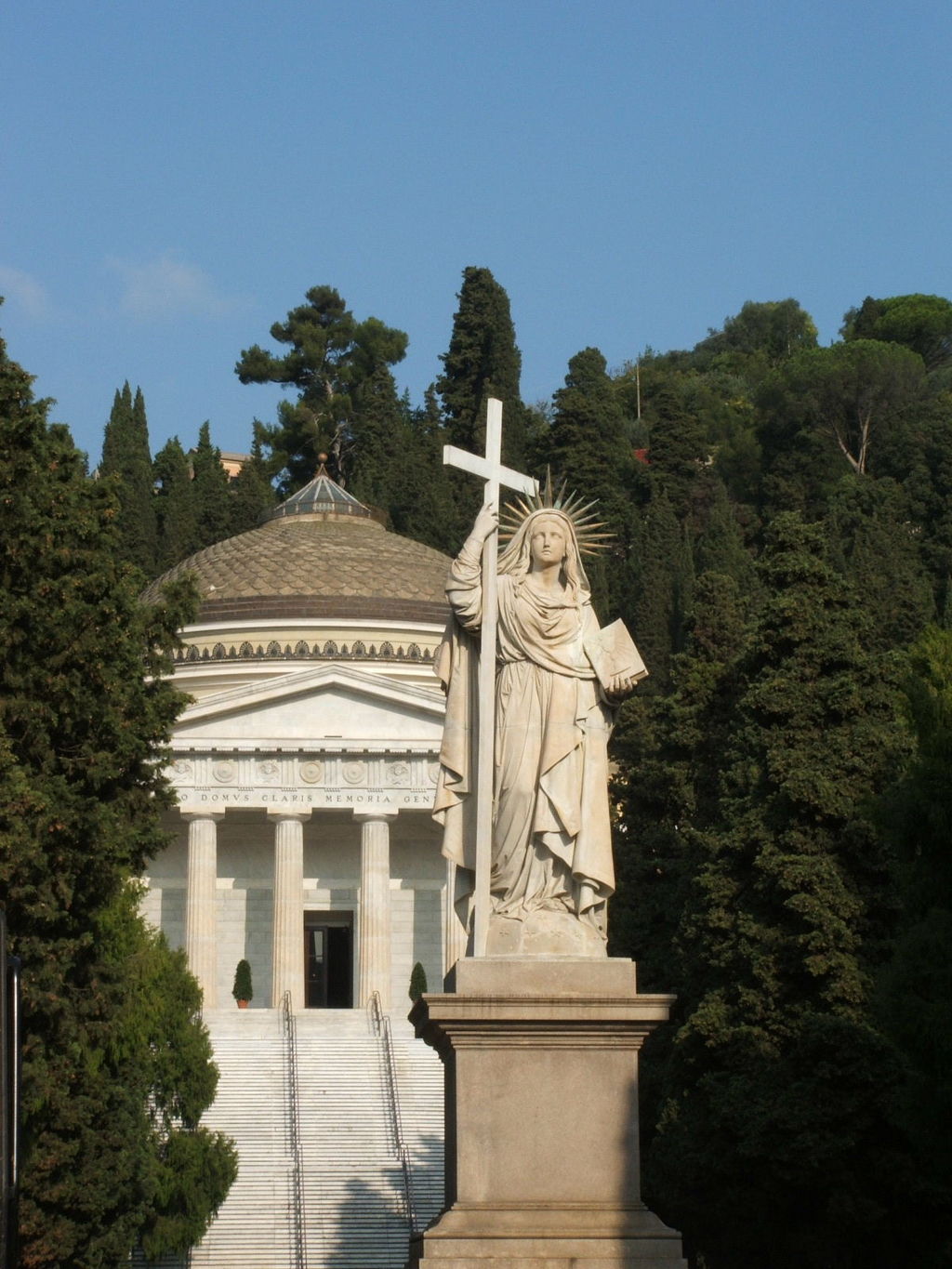Sculptor, Augusto Rivalta, died on April 14, 1925 in Florence. Best known for his personal involvement in the Risorgimento and his portrayal of others engaged in the Independence movement, Rivalta also influenced the next generation of sculptors through his professional post at the Accademia di Belle Arti.
Five years after moving to Florence in 1859 Rivalta won a competition, beating his own teacher, for his first commission. The success of his portrait of Camillo Benso, Conte di Cavour led to his membership in the Accademia. Praised for his ability to capture his subject, Rivata executed more public and funerary monuments over his lifetime. His monument to the Ghigliani family is located in the Cimiterio Momumentale in Staglieno, which was built by decree of King Carlo Alberto of House of Savoy, mentioned by Mark Twain in The New Pilgrim Process (1869), and described by Ernest Hemingway as “one of the wonders of the world.”
In 2015, one of Rivalta’s sculptures was included in a multi-sensory tour of the Palazzo Pitti. The tour, designed for visually-impaired guests, offered the opportunity to touch 10 sculptures made of different materials.
References: Monumental Cemetery of Staglieno; Cimitero Monumentale di Staglieno; “Percorso multisensoriale…”; Kader, Alexander. “Rivalta, Augusto.” Grove Art Online. Oxford Art Online. Oxford University Press. https://doi-org.libpdb.d.umn.edu:2443/10.1093/gao/9781884446054.article.T072283
Image credits:
Camillo Cavour (1870) (Sailko, Wikimedia Commons)
Monument to Giuseppe Garibaldi (1890), Palazzo Rocca, Chiavari (Davide Papalini, Wikimedia Commons)
View of Faith before the Pantheon, Cemetery of Staglione, Genoa (Twice 25 e Rinina25, Wikimedia Commons)
Monument to the Ghigliani Family, Cemetery of the Staglione (Twice 25 e Rinina25, Wikimedia Commons)
Further reading: Lucy Riall, Risorgimento: The History of Italy from Napoleon to Nation State. New York & London: Red Globe Press, 2009; Albert Boime, The Art of the Macchia and the Risorgimento: Representing Nationalism in Nineteenth-Century Italy. Chicago: University of Chicago Press, 1993.




